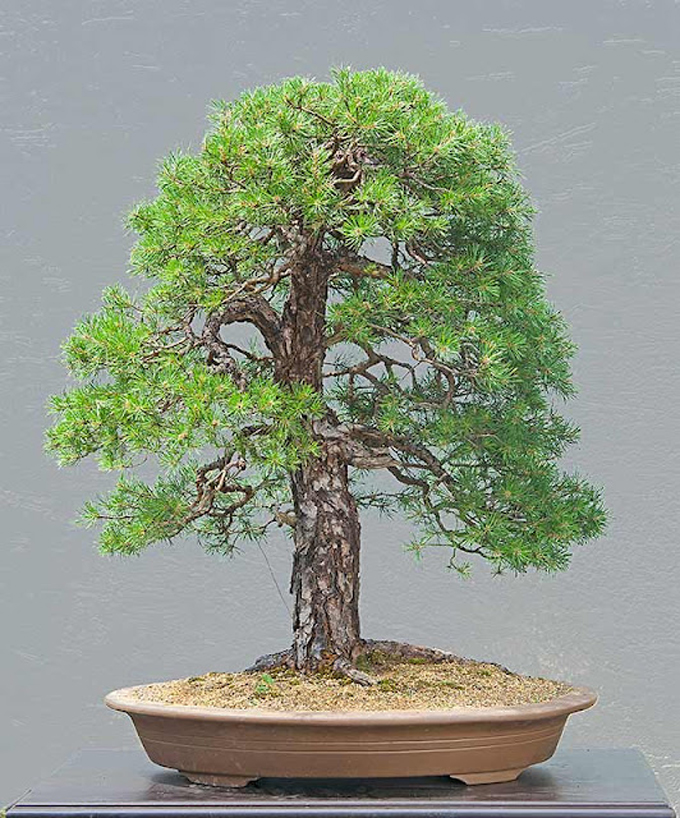 2012. Walter Pall’s now famous Scot’s pine as it appears in a recent post on his Bonsai Adventures blog. Actually, it appears in three different iterations in the post, starting with this one (rather than try to explain, you can see for yourself).
2012. Walter Pall’s now famous Scot’s pine as it appears in a recent post on his Bonsai Adventures blog. Actually, it appears in three different iterations in the post, starting with this one (rather than try to explain, you can see for yourself).
Walter Pall’s naturalistic Scot’s pine
When you hear the words bonsai and naturalistic in the same breath, you might envision someone finding a little tree growing in the wild, digging it up, doing a little trimming here and there, perhaps a bare minimum of wiring (perhaps none at all), sticking it in a pot, and voila, a naturalistic bonsai.
While this scenario is always possible, don’t count on it. Almost all top quality bonsai that were originally collected in the wild, including ones that you might call naturalistic, go through a series of transformations (often radical transformations) over a period of years before they appear in magazines or shows.
The tree shown here is no exception. Though Walter refers to it as a naturalistic bonsai, if you follow the photos below (descending in time), you’ll see that the tree above is clearly the result of a long-time collaboration between Mother Nature and a skilled and patient human.
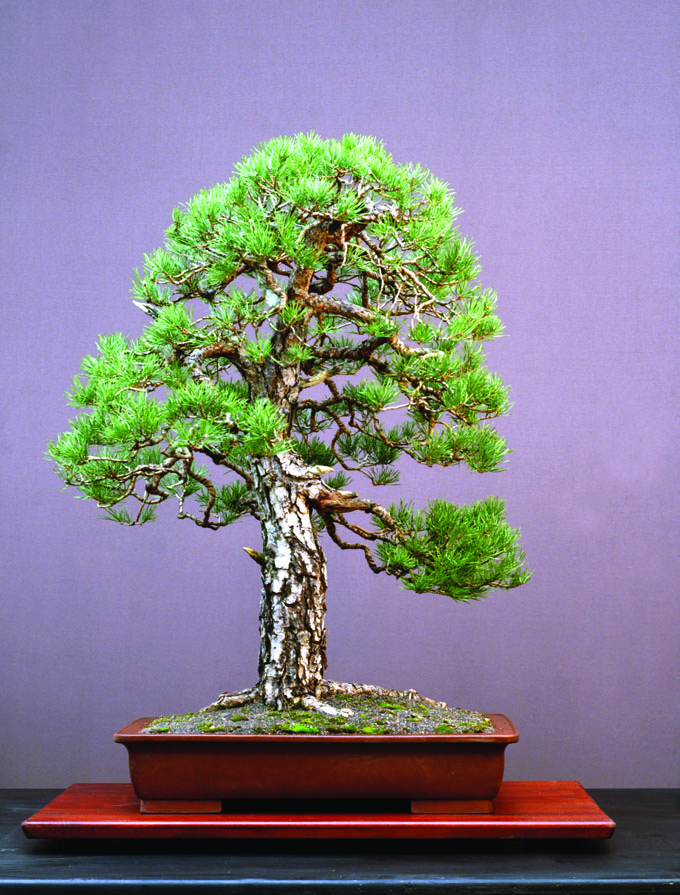 2005. The same tree as it appeared on the cover of Bonsai Today magazine issue 104.
2005. The same tree as it appeared on the cover of Bonsai Today magazine issue 104.
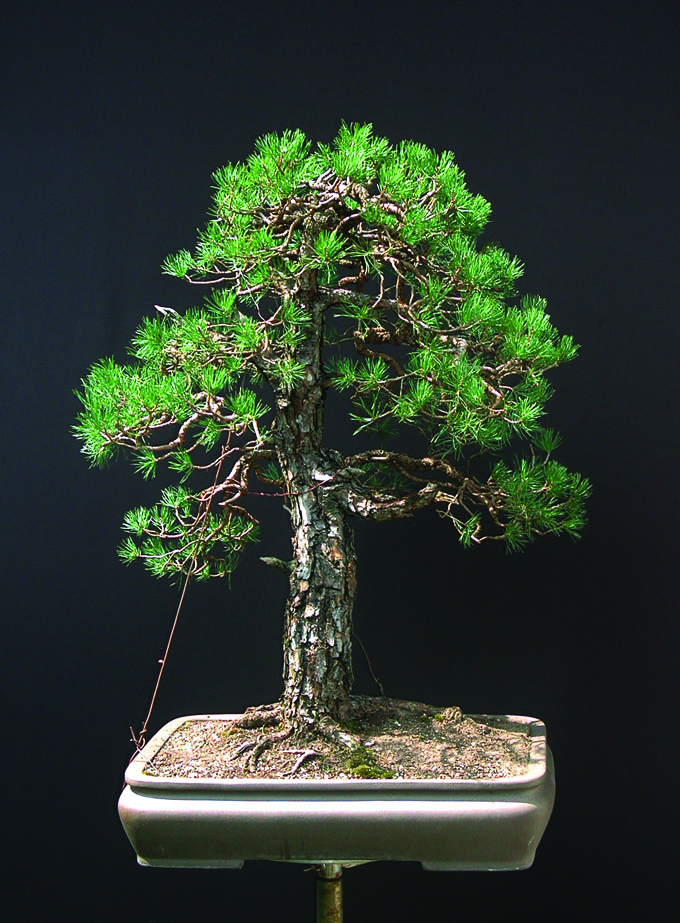 2002. Continuing our march back in time. The photo above, this photo and the remaining photos in this post are from an article by Walter titled A Naturalistic Scot’s Pine that appeared in Bonsai Today issue 104.
2002. Continuing our march back in time. The photo above, this photo and the remaining photos in this post are from an article by Walter titled A Naturalistic Scot’s Pine that appeared in Bonsai Today issue 104.
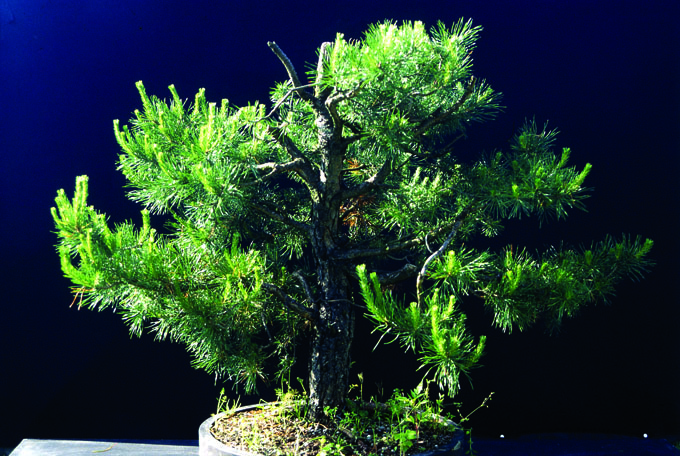 1995. This is the earliest shot we have. I don’t know if it was even rougher when it was collected, but this is rough enough to make our point.
1995. This is the earliest shot we have. I don’t know if it was even rougher when it was collected, but this is rough enough to make our point.
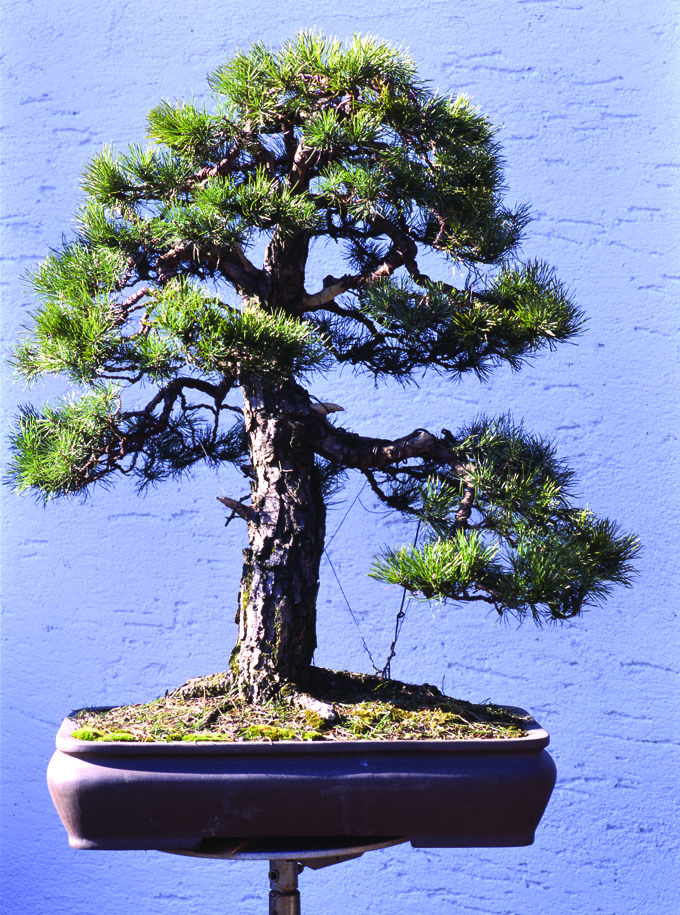
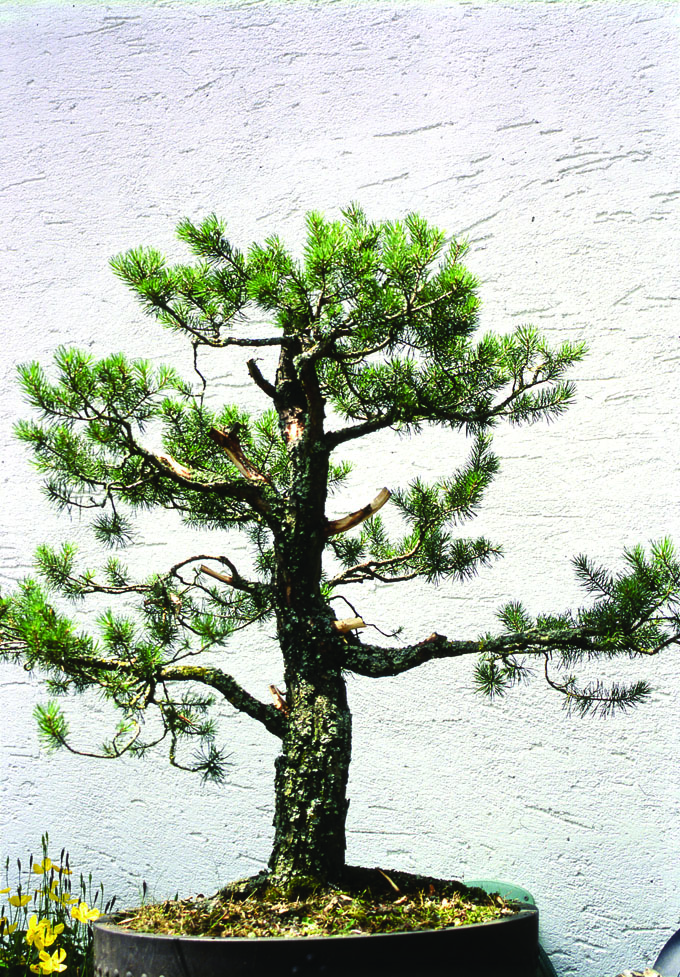
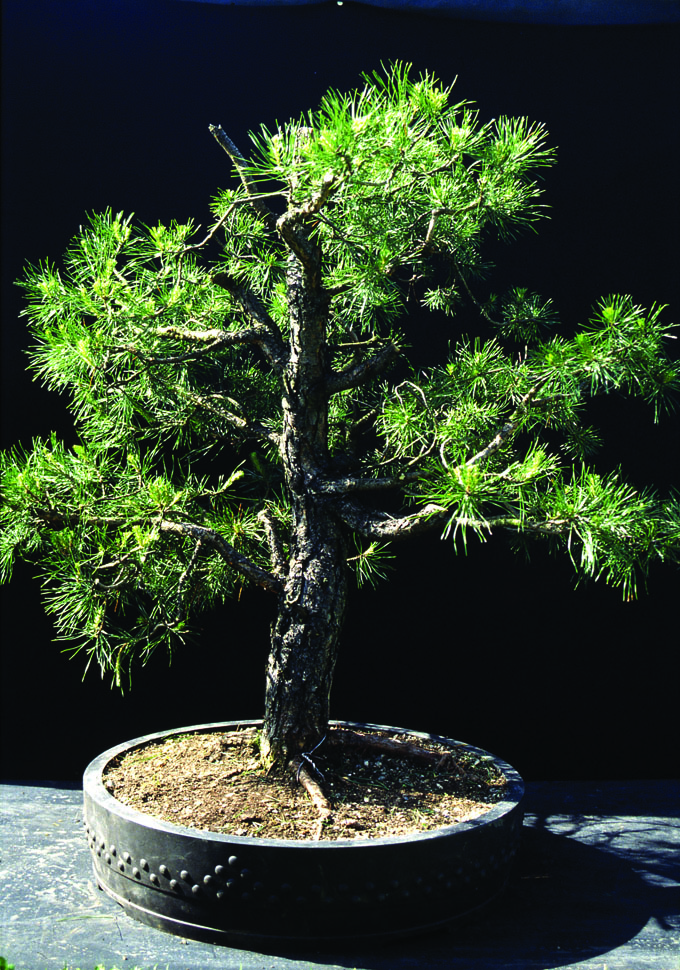
In a recent video (German only, on his blog) Walter compared naturalistic bonsai to a beautiful, radiant girl who looks like she’s not wearing any make-up – when in fact she just worked for an hour to apply it.
Same with bonsai – naturalistic bonsai look like real trees, not like bonsai. (“I design trees, not bonsai” – a Naka lesson Walter adopted as his credo). They look natural but you can’t see the years of work that went into them.
Michael
For many years Walter and I have delighted in disagreeing with each other at every possible opportunity, and this is both an exception and not an exception. I agree with Walter’s assertion that it is neither necessary nor necessarily desirable to follow traditional formulae in order to create a fine work of bonsai art. However, we do seem to disagree on the interpretation of the term ‘naturalistic’.
hi Mr lewis
i am very interested in knowing your interpretation of the term “naturalistic”, as well as Mr Pall’s interpretation.
maybe i am mistaken but the way i understand the term “naturalistic” is the fusion of “natural” and “esthetic”, meaning the search of an esthetic which is natural looking, result attained by any means available.
How do you say “master” in German?